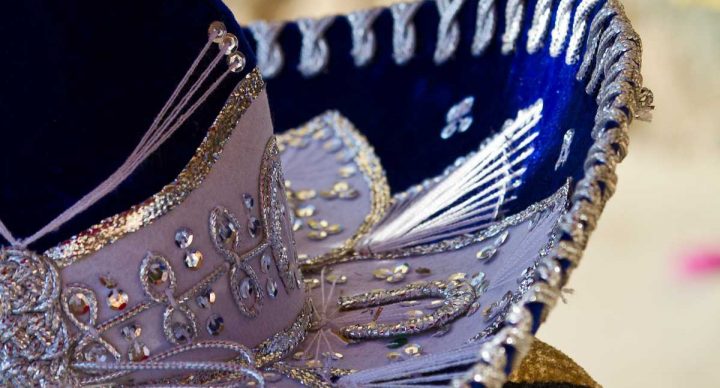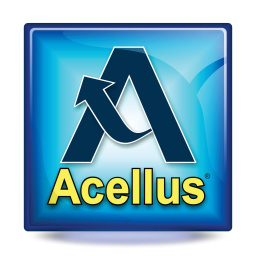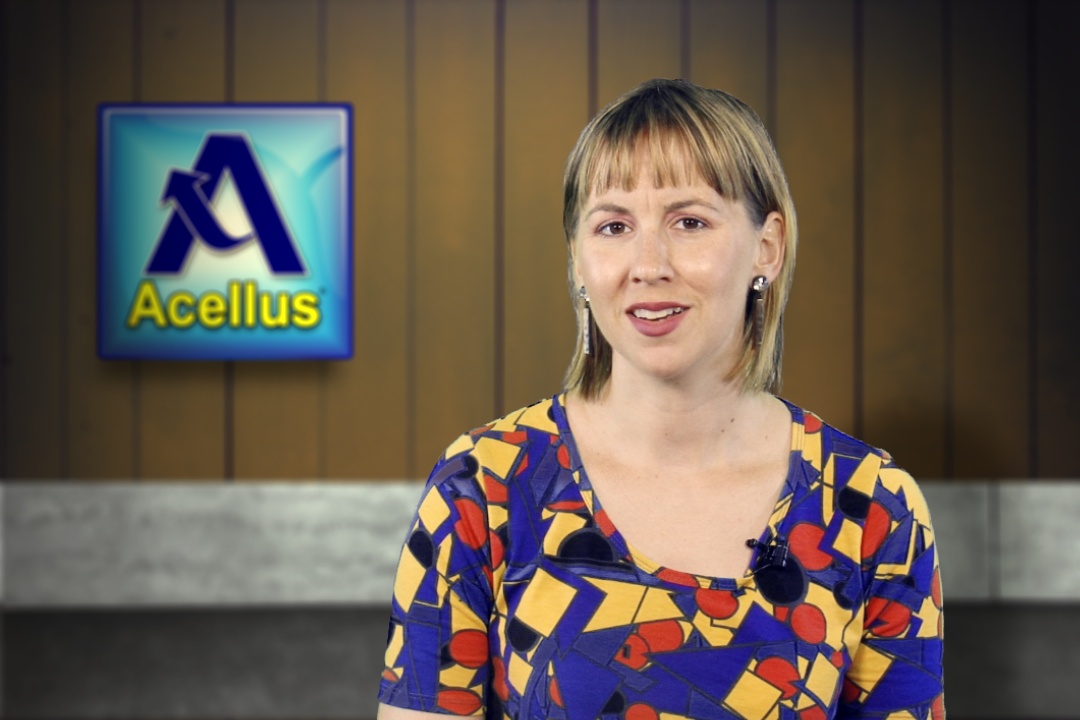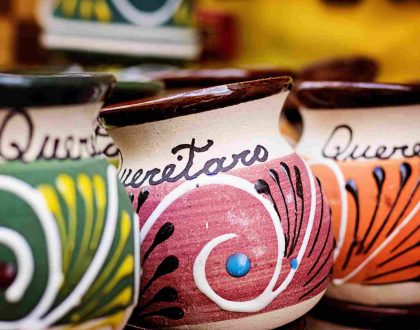Spanish II

Course Features
Course Details
Course Overview
Spanish II is a Novice Mid performance level class organized around themes and topics. In this class, students will learn basic vocabulary and grammar concepts. Additionally, students will gain cultural knowledge of Spanish speaking cultures around the globe. Students will learn to communicate with others and talk about a variety of topics such as daily activities and routines, travel, their childhood, news and emergency situations, and fairy tales and legends.
This Acellus course is taught by Acellus Course Instructor Emily Brown.
Sample Lesson - Activities -ir Verbs
Scope and Sequence
Unit 1 – Daily Activities and Routines In this unit students learn to talk about and describe important people and places, express emotions and discomforts, and various activities verbs with –er, -ir-, and –ar endings. The unit includes things one might like to do, such as sports, games, music, and art, as well as vocabulary and basic verb structures in the present tense. Special attention is given to the verb “gustar” and to activities-related reflexive verbs. Unit 2 – Estar de vacaciones / Travel In this unit, students review the preterit tense and learn travel verbs with –er, -ir, and –ar endings. The unit next discusses describing a previous vacation, tourism places, people in relation to tourism, and useful tourism and bargaining phrases. Also covered are objects found in an airport or an open-air market, with special attention on questions about cost. Unit 3 – La salud y el cuerpo / Health and the Body This unit focuses on how to talk about things related to health and the body, such as sporting events and sports-related people, nouns, and verbs. Students study stem changing verbs, including e-i, e-ie, and o-ue verbs, as well as sports reflexive verbs, including stem changers. Students learn how to describe a daily routine and a training routine, sports expressions, body parts, and sports injuries, and learn sports adjectives, cohesive words, and common adverbs. Unit 4 – La ninez / Childhood In this unit students learn to talk about their childhood. They begin by learning to talk about and describe their family members, games, and toys. They learn childhood-related verbs and how to describe childhood activities. The imperfect tense is introduced, and students begin to study childhood reflexive verbs, words for personal reactions and emotions, and how to describe childhood reactions. Imperfect tense irregular verbs are presented, and students learn about personality traits, describing their childhood personality traits, transition words, sequence phrases, and childhood-related “tener” expressions. Unit 5 – Los eventos de las noticias / News Events This unit discusses the news, including people in the news, as well as news-related nouns and verbs. Students are presented with a review of imperfect tense and a comparison of preterit and imperfect tense. They next learn nouns and verbs for describing a robbery, how to narrate a robbery, and sequencing expressions related to news events. They learn nouns and verbs for describing a car accident and how to narrate a car accident. They further learn nouns and verbs for describing a fire, and how to narrate a fire. Unit 6 – Los cuentos y las leyendas / Fairytales and Legends In this unit students are presented with a review of preterit and imperfect tense endings, followed by parts of a legend or story. They are given three experiences with telling a fairy tale, and learn about characters and character description, places, and events, fairy tale sequence words and phrases, fairy tale frequency expressions, and how to combine preterit and imperfect tenses. This course was developed by the International Academy of Science.
Learn More
This course was developed by the International Academy of Science.
Learn More
This course does not have any sections.





